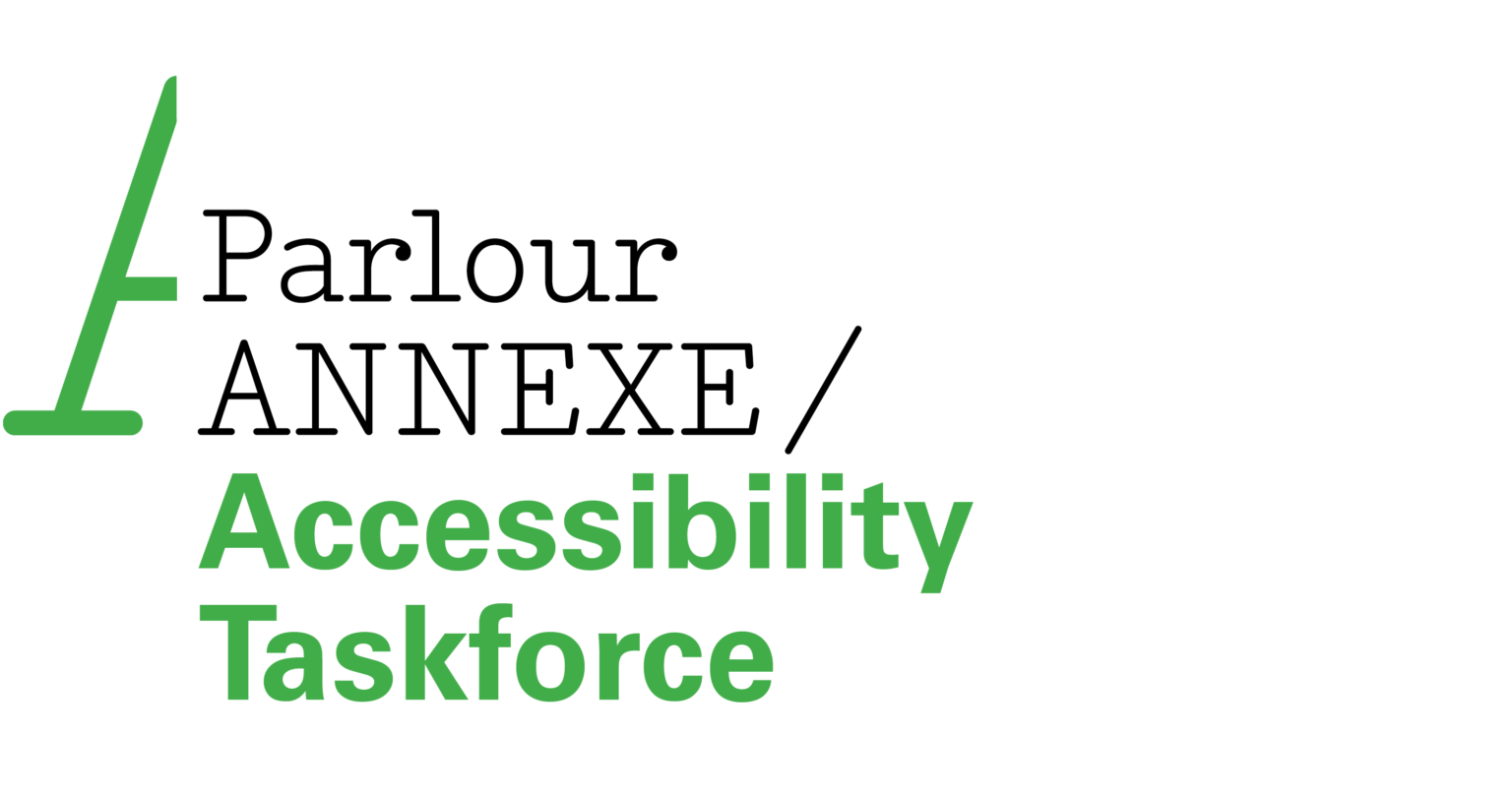
The Accessibility Taskforce aims to address the systemic barriers faced by people with both invisible and visible disabilities, as well as long-term health conditions, in the architectural profession.
Founded in early 2025 and led by Joshua Potter, the Accessibility Taskforce intends to conduct research, advocate for inclusive policies, and provide practical resources to support equitable participation in architecture – from education to practice.
One key objective is to collaborate with universities, state registration boards, and the AACA to gather comprehensive data on the prevalence and experiences of architectural professionals and students with disabilities and health conditions. This data will be used to identify barriers at each stage of the career path, from education to licensure, and inform targeted advocacy and policy reforms.
The goal is to create a more inclusive environment, improve accessibility in design, and foster long-term systemic change across the profession.
Read Joshua Potter’s excellent opinion piece to learn more about the motivations for the Taskforce.
Get involved in the Accessibility taskforce!
Who
The Accessibility Taskforce is open to all in the Parlour community who are passionate about addressing systemic barriers experienced by those with visible and invisible disabilities. It is a space for educators, practitioners, accessibility advocates, and anyone committed to fostering inclusivity in the architecture profession.
The taskforce is led by founder Joshua Potter. He was motivated to establish the taskforce as a result of his own experiences navigating the architectural profession with hearing loss.
Get involved
Fill out this quick EOI form and Joshua will be in touch.
When & where
The Accessibility Taskforce is dedicated to achieving a national reach by engaging individuals from across Australia. To ensure accessibility and participation for all, the taskforce will hold meetings both online and in person whenever possible. The frequency and format of these gatherings will be tailored to align with the taskforce’s goals and the capacity of its members. By combining virtual and in-person opportunities, the taskforce aims to maximise engagement while accommodating diverse needs, demonstrating its unwavering commitment to inclusivity and accessibility.
Currently, members meet monthly online to share updates, progress on initiatives, and strategise future actions. Subcommittees may focus on region-specific projects, policy advocacy, education, and industry partnerships, ensuring that both national and local needs are addressed.
Structure
Core members: Individuals with lived experience, educators, practitioners, and accessibility advocates who actively contribute to the taskforce’s objectives.
Advisory members: Experts in accessibility, disability rights, and inclusive design who provide guidance, policy recommendations, and industry insights.
Partners: We hope to build relationships with key organisations to support and collaborate on taskforce initiatives.
Objectives
- Understand the current landscape
Conduct research and collect data to assess the prevalence of invisible disabilities within the architectural profession and education systems. Identify systemic barriers that hinder participation and success for individuals with these disabilities. - Support inclusive pathways
Chart the challenges faced by individuals with invisible disabilities at every stage, from early education to career advancement. This includes understanding obstacles in school curriculums, university programs, registration and workplace integration. - Provide practical tools and resources
Develop and launch a comprehensive digital platform featuring accessible design tools, best practices, case studies, and training modules. These resources will equip architects to create inclusive environments that benefit both practitioners and the communities they serve. - Advocate for systemic change
Collaborate with educational institutions, registration boards, and workplaces to promote policies that foster inclusivity. Advocate for flexible accommodations, equitable registration processes, and support mechanisms tailored to the needs of individuals with invisible disabilities. - Foster awareness and empowerment
Reduce stigma around invisible disabilities through awareness campaigns, storytelling and education. Empower individuals with disabilities to advocate for themselves and thrive in their studies and careers. - Create cross-industry collaboration and knowledge sharing
Partner with state governments across Australia to compile a comprehensive resource book documenting experiences, strategies, and outcomes from the taskforce. Engage with other industries to share insights and learn from their approaches to addressing invisible disabilities, creating a broader framework for inclusivity across professions.




















